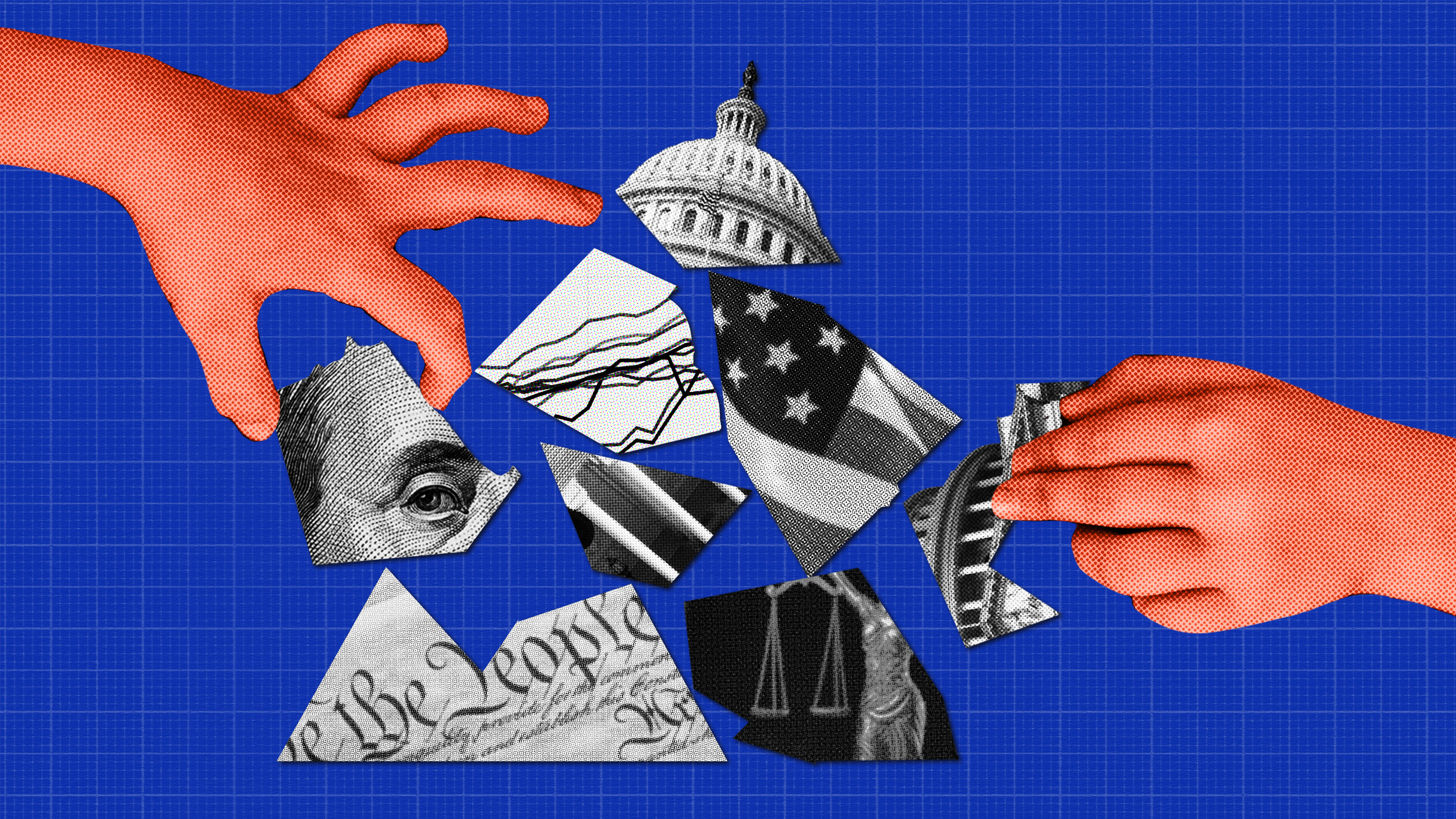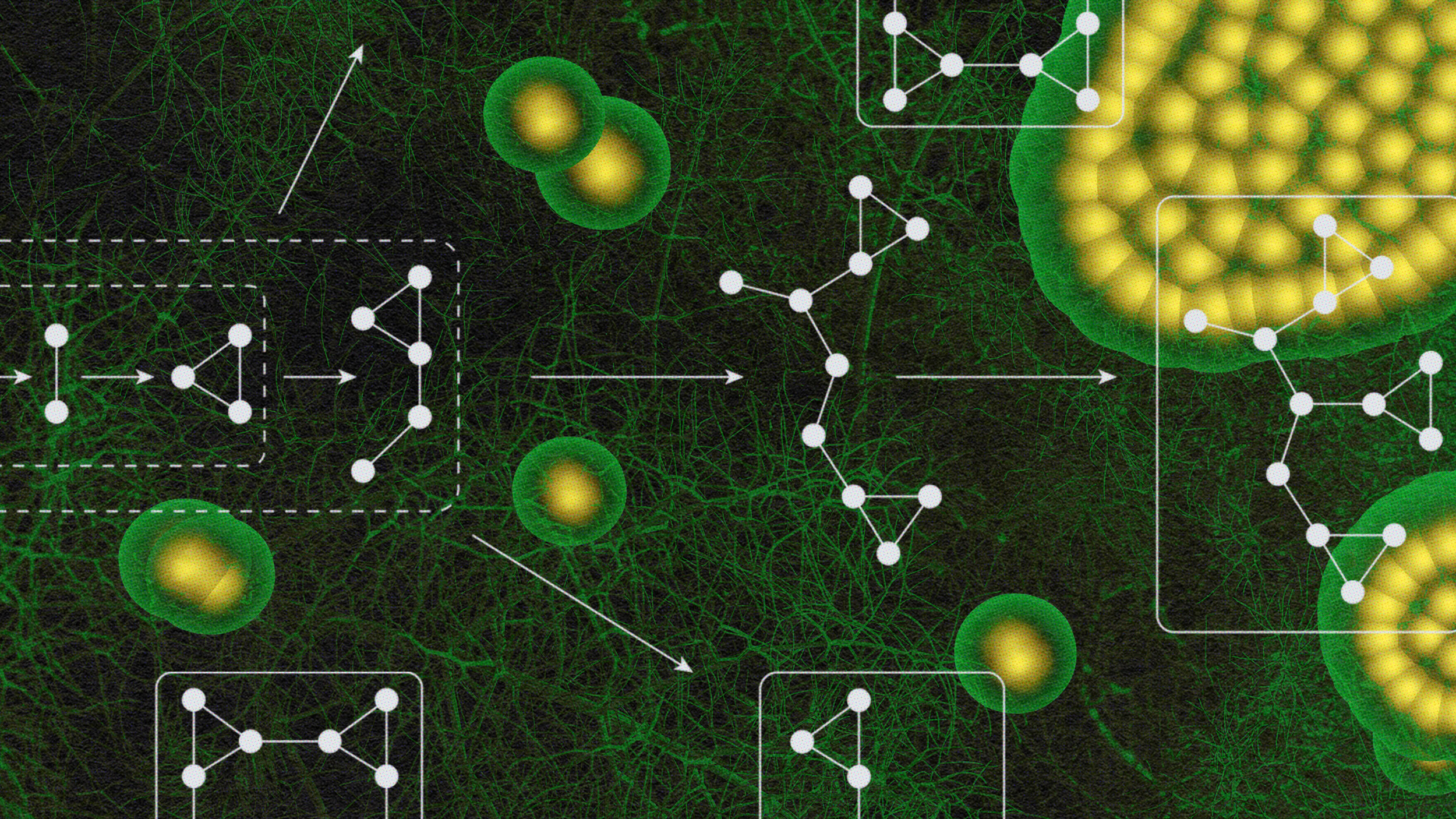Want to Achieve Something Big? Think Small.

It’s one thing to see a big problem, and it’s another to know how to fix it. But it’s something else altogether to actually get to done. When people go for a Big Solution to a hard issue, they usually fail, frustrated and disheartened. Writer Stephen Dubner understands why and how to proceed in a way that can actually work.
The key, ironically for a post on Big Think, is to think small, as he says children do. A big, sweeping solution could possibly remedy an abstract, generalized version of the issue, but real thing is not likely to be so one-dimensional. A hard problem is usually a combination of many smaller ones.
Dubner’s got a great example of how a fresh perspective can reveal things within a tough issue—meaningful education reform—that are possible to resolve relatively easily, in this case a program for personalizing instruction, and another to get kids the eyeglasses they need to succeed. Tackling fixable problems like this, one-by-one, can lead in time to resolving the larger issue.
It’s not a new idea, at least to Eastern philosophers. Do these sound familiar?
The journey of a thousand miles begins with a single step—Lao Tzu
The man who moves a mountain begins by carrying away small stones—Confucius
The same method applies, by the way, to overwhelming personal problems that are so big they seem impossible. (I wrote a song about this a while back.)





